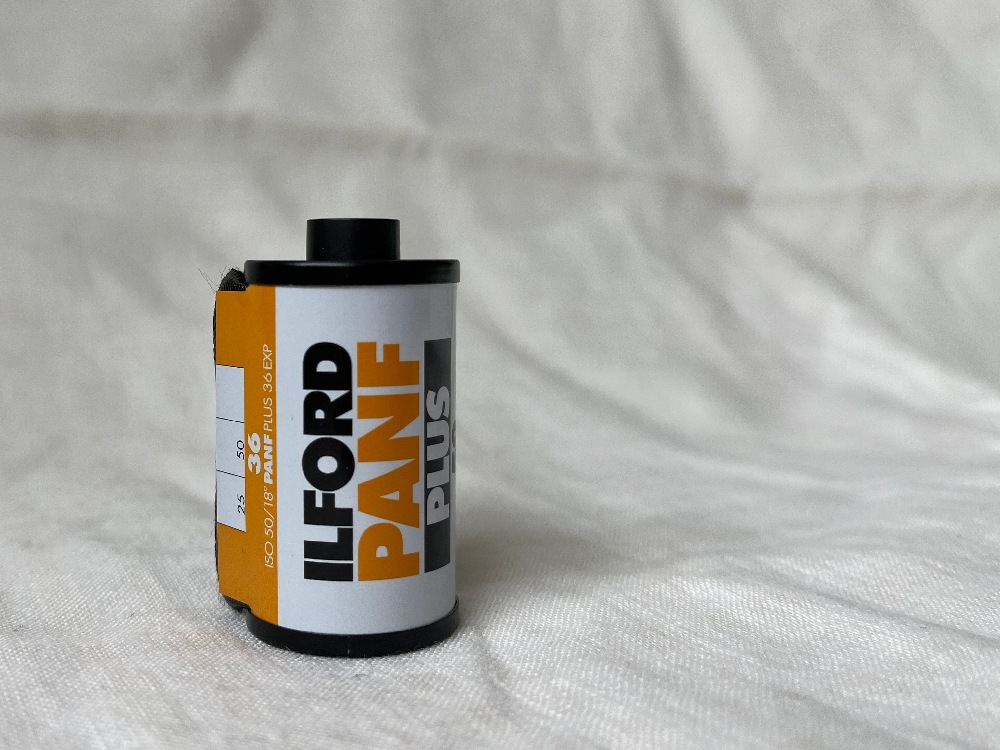The patterned blouse and the almost-chameleon | study logbook darning
This is how it goes with broken clothes: As small as the hole may be, it may be hidden at its best and no one would ever look at it anyway - but once I have seen it, it's the only thing I will see of this clothing item. If I wore it out, no one would notice the flaw. But I wouldn't really care what the others don't see. The hole is the only thing I see.

That's what happened to the patterned blouse.
On the right side, at the seam where the front and back are joined together, quite far down and close to the hem, a tear had crept in. This looked like a hole at a bad angle. Accordingly, the patterned blouse was placed on the repair pile. In preparation for the trip last autumn, I went through my clothes - even the ones that were on the repair pile. And I actually picked three items for the trip from that pile. It was probably only a few weeks until the day of departure. And the clothes had been on the pile for two years at least and, in the spirit of the "out of sight, out of mind" principle, their existence had been completely forgotten in the meantime. So how likely was it that these three items would make it back to life?
The preparation phase
Ich wollte das Muster mehr oder weniger nachbilden, also unsichtbar stopfen. Entsprechend mit weißem Garn erst mal die Fläche wiederherstellen, dann mit rotem Garn irgendwie das Muster nachmachen. Ohne wäre der dann pure white blob would have been too obvious for me amidst of the whole pattern.
The implemenation phase
Für die weiße Fläche habe ich die Webstopfmethode genutzt. An einer Naht zu arbeiten ist nicht so angenehm wie auf einer reinen Fläche, v.a. weil sich das Loch/Riss zu beiden Seiten erstreckte. Der Weißton meines Garns ist zu warm, aber sei‘s drum. Mit rotem Garn habe ich dann gestickt, und habe mich an den Formen auf der Bluse orientiert, so Mini-Blätter. Ich habe wenig Stickerfahrung und habe das entsprechend eher Freestyle gemacht.
The photo stamps tell me that it took about 1.5 hours in one day.
The finalization phase
It's not a completely invisible repair but I still think it was successful and the embroidery part was something new to me. I didn't do a super clean job but in the end the hole is gone and the blouse is wearable again. The blouse was allowed to travel with me. Mission completed!

Thoughts during the process
What amazes me again and again: the working time and the waiting time are in stark contrast to each other. It's almost ridiculous.
The clothes had been on the repair pile for at least two years. This repair took me 1.5 hours - this is about the length of a feature film. If I had invested this time sometime earlier - and it is a foreseeable time - then the blouse would have become part of my wardrobe again much sooner with a reasonable expenditure of energy.
Sicherlich, in ebendieser Zeit habe ich einiges gelernt und bin selbstsicherer geworden was die Methoden angeht. Aber oft geht es erst mal darum, den Makel irgendwie mal angefasst zu haben und um den Versuch es zu reparieren. Das ist das, was ich von dieser und anderen Reparaturen mitnehme: einfach mal dransetzen und machen!


(Spoiler: I managed to get all three items back in shape and ready for the trip!)






